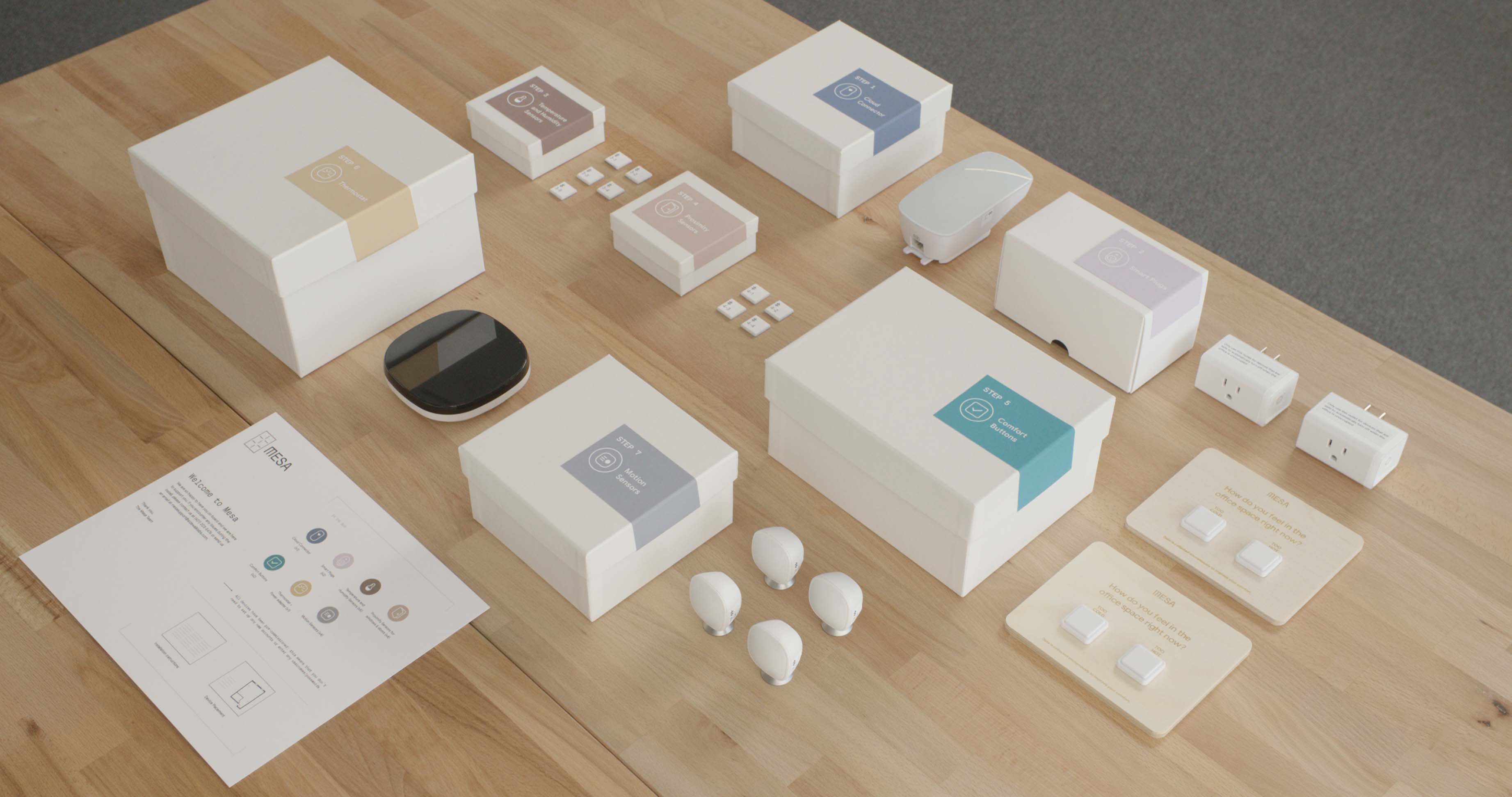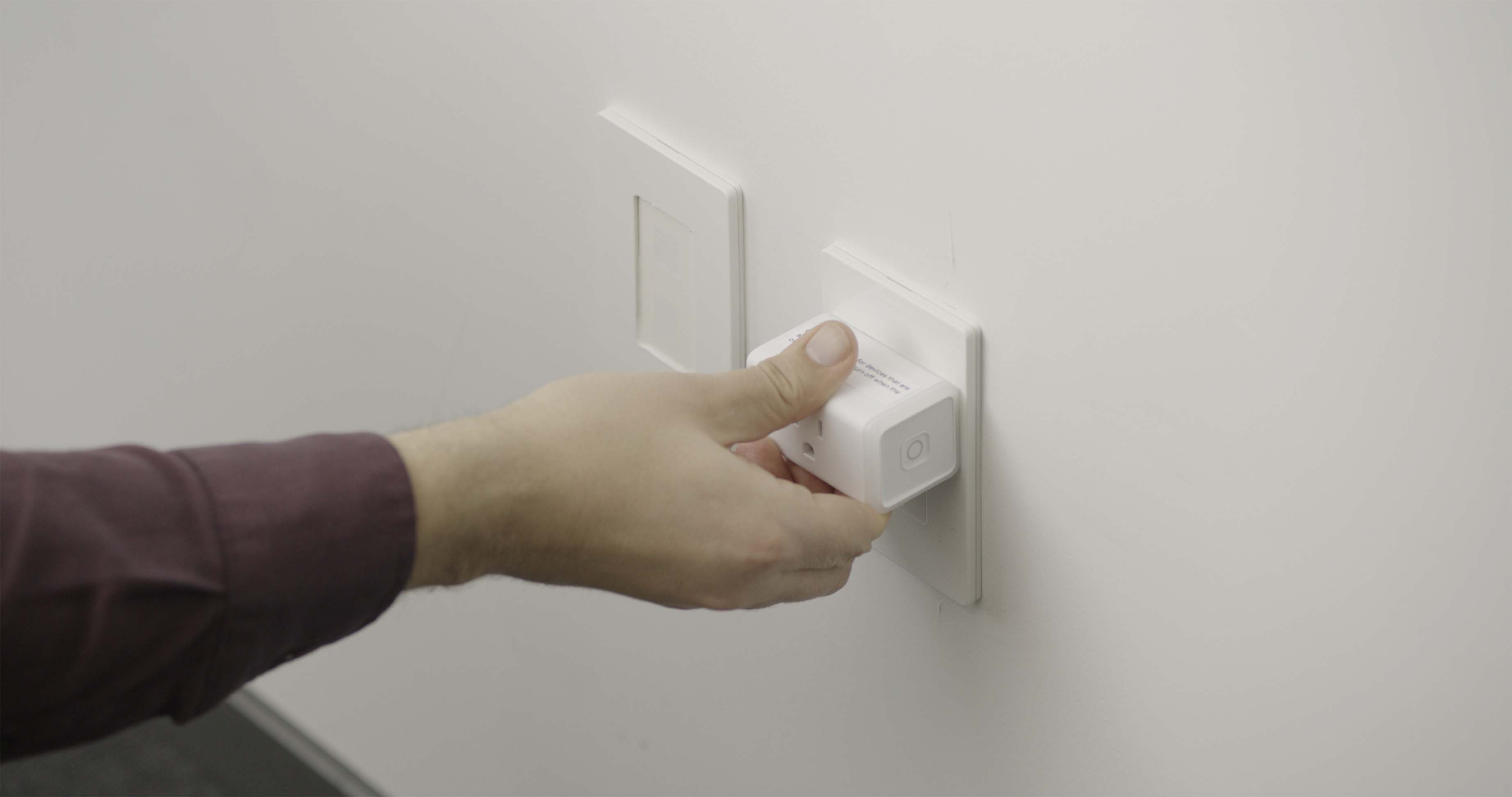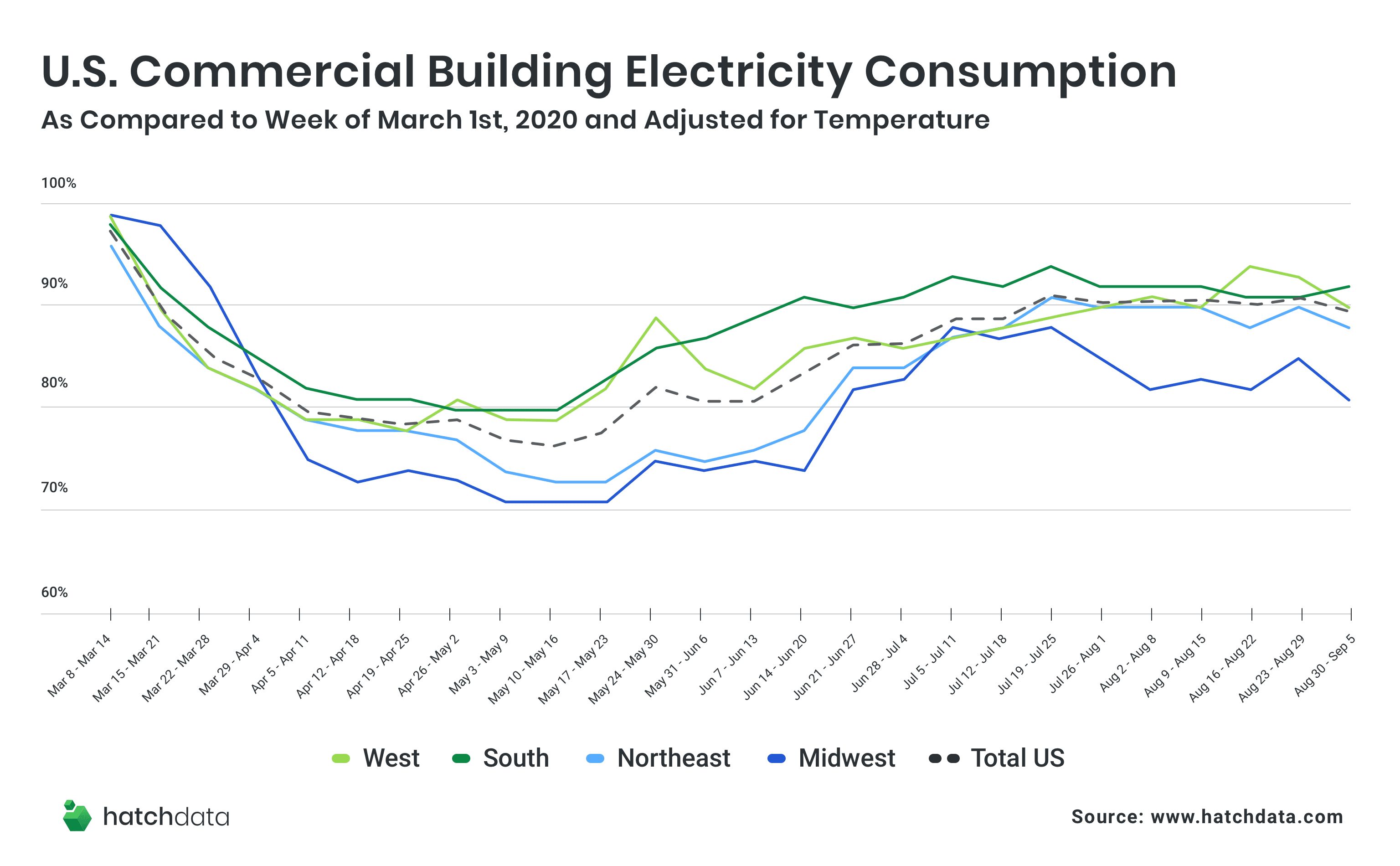Mesa
When your office is quiet, the energy bill isn't
What are buildings doing when we’re not using them at all? And how can we reduce the associated carbon emissions and costs?
By The Mesa Product Team

After stay-at-home orders rolled out nationwide during the pandemic, once-vibrant offices emptied out. But while the daily use of these spaces drastically declined, their electricity use didn’t budge for months.
According to a 2020 study by UC Davis, when their building occupancy was reduced by 90 percent between February and April 2020, their electricity use only fell 15 percent. Analytics firm Prospective Data has come to a similar conclusion in their report “The Impact Of COVID-19 On NYC Office Buildings”: carbon emissions from office towers during the pandemic only fell by 30 percent.
It’s a surprising data point. Why is this the case? What are buildings doing when we’re not using them at all? And how can we reduce the associated carbon emissions and costs?
Experts point to two reasons energy use stayed relatively high when offices shut down: HVAC systems and “electricity vampires.”
Heating, ventilation, and air conditioning (HVAC)
HVAC systems use a large amount of electricity because they can never be entirely shut off. They must operate even when no one is actively using the space to avoid damaging the equipment and to maintain air quality standards.
However, buildings can adjust temperature settings. For example, we can raise the temperature in the summer or lower the heat in the winter when no one is using the space. Adjusting the temperature by time of day or day of the week is another easy strategy to reduce HVAC run time and electricity use. In many offices you can also schedule different temperatures for workdays versus weekends (although this won’t always account for holidays, “summer Fridays,” or other changes to occupancy).
However, while possible in some buildings, this level of adjustment and scheduling is often difficult to achieve in older buildings, because their equipment generally requires manual operations. Mesa by Sidewalk Labs was built to solve that problem. It’s an easy-install solution that improves control of HVAC systems as well as building temperature and air quality.

The Mesa solution. Image: Mesa
Electricity Vampires
Most office equipment have a sleep mode: computers, monitors, TVs, conferencing tech, the coffee machine, and so on. And while sleep mode uses less electricity than when the device is operational or “on,” it still uses electricity.
Devices in sleep mode are known as “vampires” because they steadily drain electricity and covertly add to monthly bills. And the net impact of dozens or hundreds of vampires in an office can be significant.
The Mesa solution helps you to deal with electricity vampires. It includes smart plugs for devices like conference room monitors, water heaters/ coolers, and space heaters. Once plugged into an outlet, the smart plug enables tenants to monitor the amount of electricity used through the outlet.

The Mesa solution includes smart plugs. Once plugged into an outlet, the smart plug enables tenants to monitor the amount of electricity used through the outlet. (Image: Mesa)
Mesa can also automate when the devices plugged in are powered on or off, to prevent things like conference room monitors staying on overnight. Through the Mesa Admin Dashboard, office managers can set non-essential equipment to turn off on a regular schedule, or as needed. It’s an easy fix that can add up to a big difference.
Adjusting HVAC equipment and electricity vampires are part of the ways that Mesa helps customers save up to 20 percent of their yearly electricity. And because the system was designed for the highest quality at the most affordable cost, Mesa usually pays for itself within two years.
As tenants return to their office spaces, with new flexible or hybrid work schedules, tools like Mesa can help those spaces adjust.
If you’d like to learn more about Mesa and how it can help your workplace click here to get in touch.
